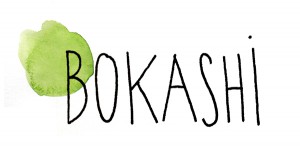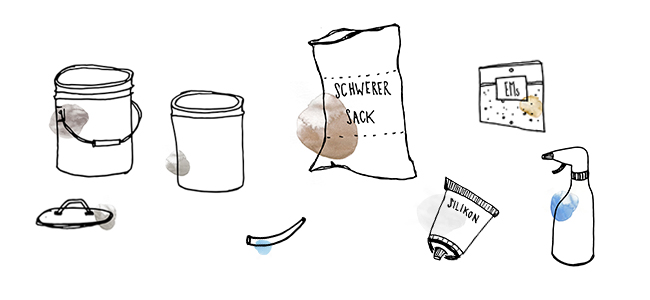Everyone likes to do something good for the environment or live more consciously. This can be done by supporting regional traders, buying seasonal food, or gathering and separating garbage. Or you could build your own odorless compost for the kitchen. Read here how easy that is.
It’s called a Bokashi bucket. The word Bokashi comes is Japanese for “all sorts of things”. Unlike the conventional outdoors compost, you can put anything in the Bokashi bucket, from meat and fish to dairy products, paper and cardboard.
The waste is composted in an anaerobic process (that means without the presence of oxygen). The bucket is closed air tight (and when no air comes in, no smell comes out).
The composting process is carried out by some very effective microorganisms. You can get these microorganisms on the forest grounds: grab a hand full of decomposing leaves and you have everything you need.
The small-cut waste is filled in a bucket layer by layer, each layer is covered with some microorganisms/rotting leaves. On top of this is a heavy sack – compressing the whole thing – to speed things up. Finally, the lid comes on, so that everything is tight.
Then you have to wait.
In the next 2-4 weeks work the microorganims work 24/7 and create the Bokashi compost. In addition to the nutrient-rich humus, a nitrogen-rich liquid drips through a tap. Diluted 1:10 with water, it is an excellent fertilizer for your potted plants.
Yióu’ll need:
- 2 buckets
- 1 cover
- 1 bag
- 1 valve or thin hose
- silicone
- Sand or something heavy
Instructions:
- Get two buckets that you can put together in a way, that they sit together air-tight.
- Drill holes in the bottom of the inner bucket so that the liquid can drip off.
- Drill a hole at the bottom of the outer bucket and install a valve or hose.
- Seal the valve or the hose, best with silicone.
- Fill a bag with something heavy so that it fits into the inner bucket.
- Fit everything together.
- Fill organic waste into the inner bucket, layer-by-layer. Add rotting leaves on top of every layer.
- Put in the bag, close the lid.
Here you find a short video tutorial by Neuland Köln.



